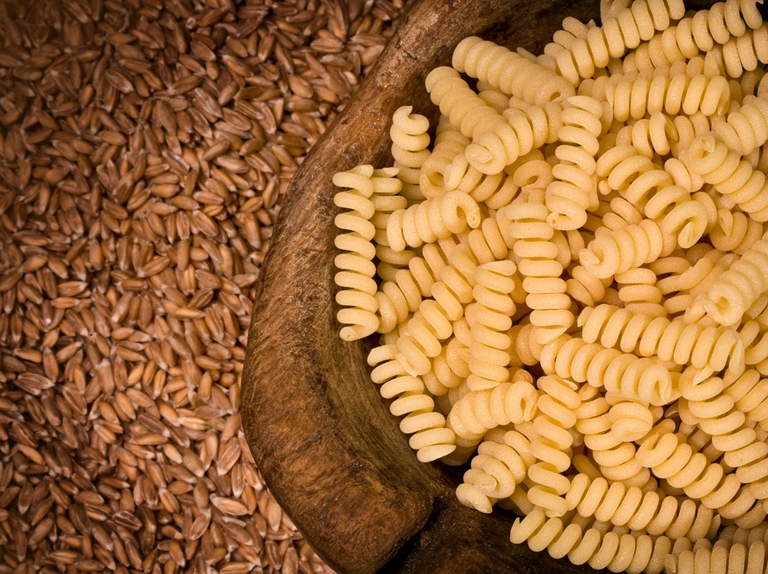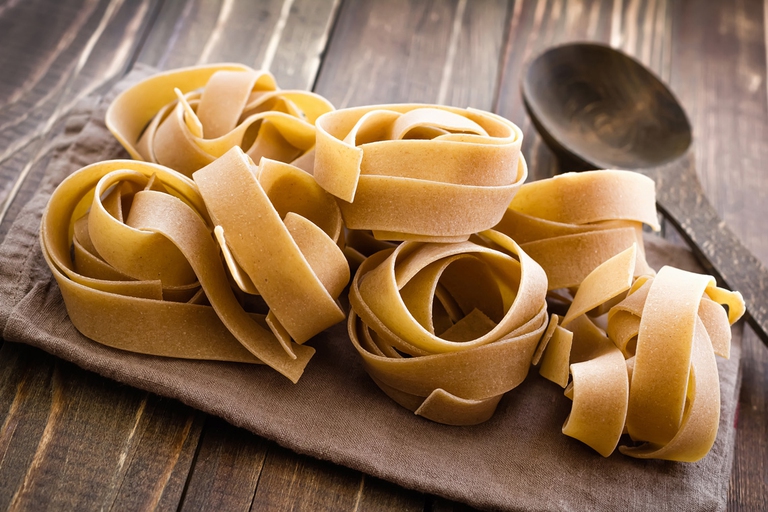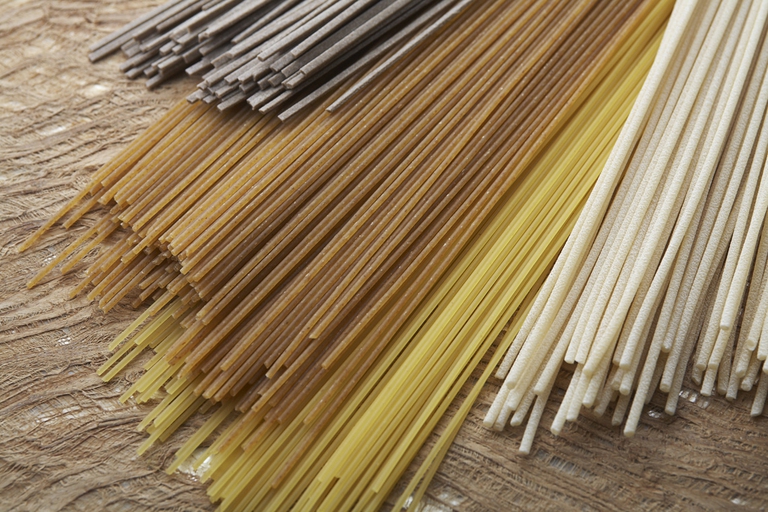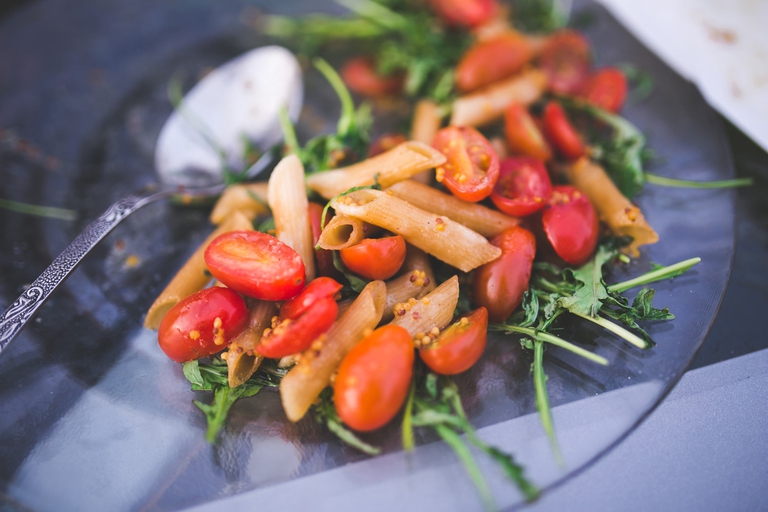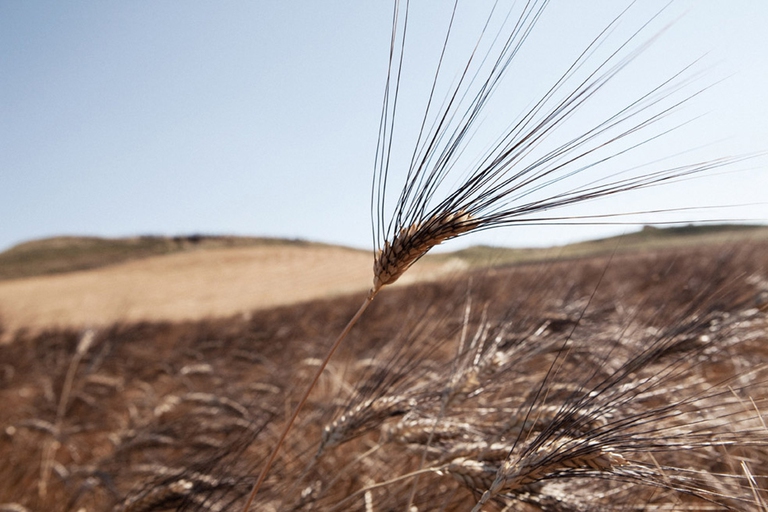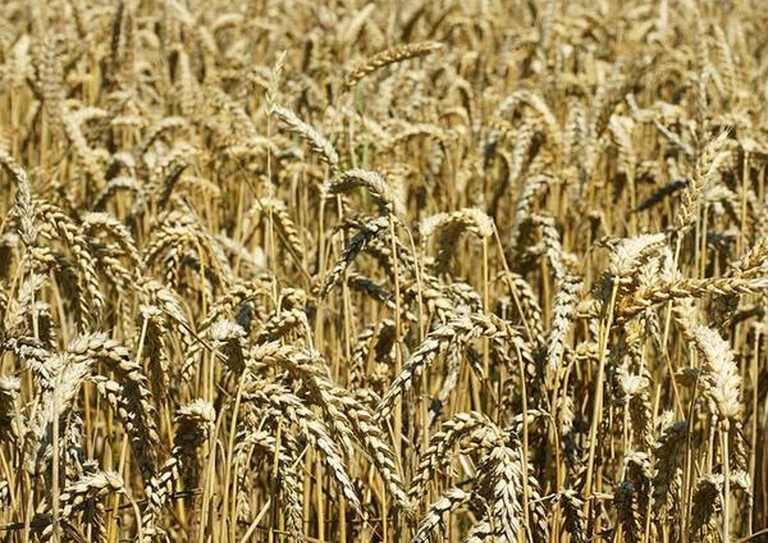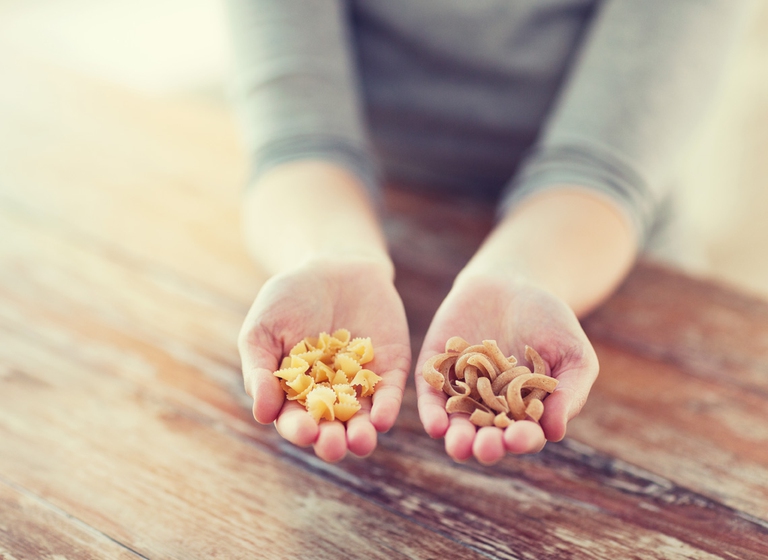
Factory farming conditions and antibiotic-resistant pathogens emerging as a result of them pose an existential threat to humans in the form of zoonotic diseases. Why it’s time to produce and consume food more thoughtfully.
Nothing defines Italian food and the Mediterranean diet like pasta. How do you choose good pasta and what should the label read? The ultimate guide.
Ziti, fusilli, spaghetti, cavatelli, orecchiette, penne, linguini, macaroni, shells… There are so many pasta shapes that it’s impossible to list them all. 80 percent of all pasta types consumed in Italy (fresh, egg, stuffed or dried) is dried. Its ingredients are basic: durum wheat flour and water. For this reason, they must be first rate and well processed so that their properties are preserved.
In Italy there’s a law that requires pasta makers to use durum wheat flour, that’s why Italian dried pasta is unique in the world. Only the products exported to foreign countries can contain soft wheat. Why had Italian legislators chosen durum wheat flour for its production? First, for its ability to retain starch and hold up to cooking; secondly, because it contains more proteins, gluten and antioxidant carotenoids than soft wheat; thirdly, because pasta – and mostly whole-wheat pasta – made from it has a lower glycemic index.
Pasta dies are all bronze coated while in the inside they are made of Teflon or bronze. Teflon accelerates the production process and prevents the deformation of pasta made with low quality wheat. Teflon makes pasta smoother and yellower, a colour that is also emphasized by drying pasta at high temperatures. Producing pasta with bronze-coated dies, instead, is more complex and time-consuming, but the result is fairer and rougher pasta that better holds sauces. After using bronze extrusion dies, pasta undergoes a slow drying process, which is the most appropriate.
Whole wheat pasta is a great source of complex carbohydrates and purifies the body thanks to the fibers it contains, which slow down sugar absorption, keep sugar levels in the blood steady, regulate the intestinal barrier function and prevent harmful substances from becoming stagnant in the intestines. The outer part of a grain of wheat contains the largest amount of chemical residues used in agriculture, so it is important to choose whole-wheat pasta prepared with organic or biodynamic flour, which isn’t contaminated with harmful substances.
Experts are certain: pasta should be drained at the right time and eaten al dente, i.e. when it is tender outside but still firm inside. This cooking method enhances the taste and makes pasta easier to digest. The more salivary enzymes work, the slower the carbohydrate absorption and the lower the risk of having high levels of sugar in the blood.
It is a variety of durum wheat named after Senator Raffaele Cappelli, a supporter of the agricultural reform that distinguished durum from soft wheat in the early twentieth century. It is considered to be the progenitor of many varieties of wheat that are still used today, is particularly rich in protein and has many organoleptic properties. The Senatore Cappelli durum wheat has an intense aroma and a strong taste. Its sheaves can grow up to 1.8 m and are not wind and rain-tolerant, that’s why this variety of wheat doesn’t cultivate easily. It grows in a dry climate and is considered the best Italian durum wheat.
Like kamut® (triticum turgidum turanicum), saragolla (triticum turgidum durum) is a variety of khorasan (triticum turgidum ssp. turanicum) – the durum wheat variety introduced in Italy in 400 AD – that preserves its organoleptic and nutritional properties. Saragolla is higher in protein and mineral salts than other types of wheat, is a great source of selenium and beta-carotene, and pasta made with this cereal is bright yellow, holds up to cooking and has a spicy flavour. Saragolla crops are increasingly disappearing because they are being replaced by more productive varieties of durum wheat. Yet, they still survive in some areas of Abruzzo, Samnium and Basilicata, thanks to the work of a few farmers and small pasta shops that use it. It is pest-resistant, so it is often organically farmed.
Labels should read stone ground, bronze extruded and slowly dried: in the stone grinding process the grain is less crashed and the enzyme activity of the wheat is preserved; the bronze extrusion process makes pasta rougher and better able to hold the sauce; the drying process, a crucial stage in pasta production, should take place at low temperatures (max. 60° C) and very slowly (in ancient times pasta was sun-dried). High temperatures, instead, sterilize this product. Pasta should have a good flavour and be fragrant. Aromas aren’t used in the production of pasta, so, these characteristics are the result of first rate wheat. Good pasta holds up to cooking. If it doesn’t do so, it is made with low quality wheat. If it has white or black spots, it means that it hasn’t been dried well, it contains soft wheat flour or it has impurities, including, for example, vegetable or insect traces.
Siamo anche su WhatsApp. Segui il canale ufficiale LifeGate per restare aggiornata, aggiornato sulle ultime notizie e sulle nostre attività.
![]()
Quest'opera è distribuita con Licenza Creative Commons Attribuzione - Non commerciale - Non opere derivate 4.0 Internazionale.
Factory farming conditions and antibiotic-resistant pathogens emerging as a result of them pose an existential threat to humans in the form of zoonotic diseases. Why it’s time to produce and consume food more thoughtfully.
The world of cinema recognises the link between food choices and the climate crisis by offering vegan menus for awards season events, including at the most important of them all: the Oscars.
Let’s look at the reasons behind the growth of veganism in India, as a small yet vocal section of the population turns towards this diet and lifestyle in the largest milk producing country in the world.
by Jeffrey Y. Campbell, Manager of the Forest and Farm Facility at FAO In the Ecuadorian Amazon, Kichwa farmers grow dozens of products on tiny parcels of land. Their lands hum with biodiversity, yielding nutritious foods that have sustained families for generations. Wandering among fruit and nut trees and crops, these indigenous agroforesters fill their baskets
Mint has many health benefits, but in food it’s often accompanied by artificial green colourings. Instead, Galatea has created a green mint ice cream in a completely natural way.
We’re talking about Galatea, a company that produces semi-finished products for artisanal ice creams using high quality ingredients, natural colouring, excluding thickeners and hydrogenated fats, respecting the environment and supporting the less fortunate.
The mad rush to fake food, like fake meat made with genetically-modified soy, ignores the importance of the diversity of our foods and culinary cultures. It’s a recipe to accelerate the destruction of the Planet and our health.
Like with all foods, the quality of an ice cream can be discerned by reading its label. An expert explains how to do this, and tells us how their company steers clear of chemicals, using only natural ingredients to produce an excellent and “free” ice cream.
Quality ingredients, no artificial colouring and hydrogenated fats. These are the main features of a great ice cream. But what makes an ice cream parlour “good”, i.e. sustainable?
